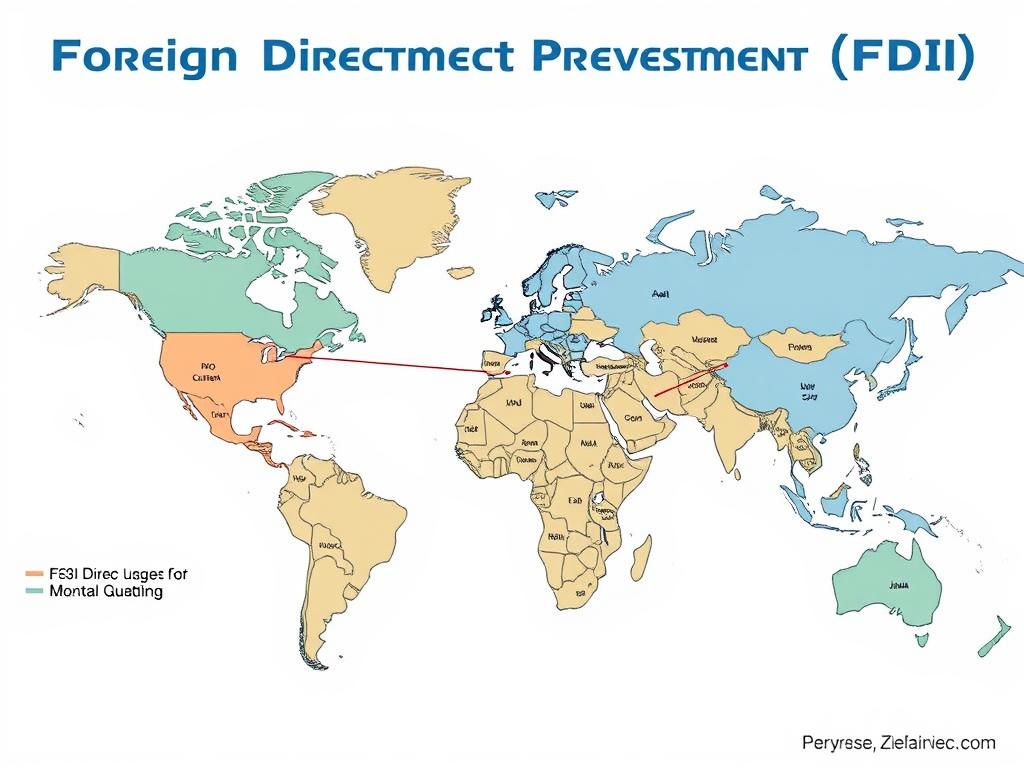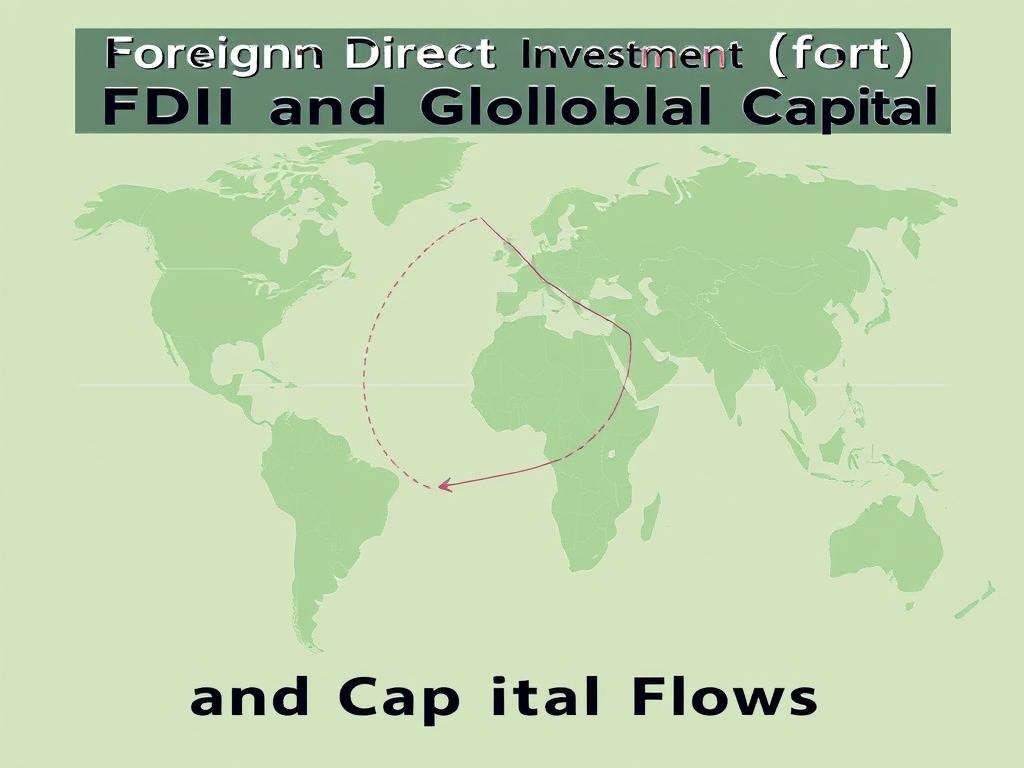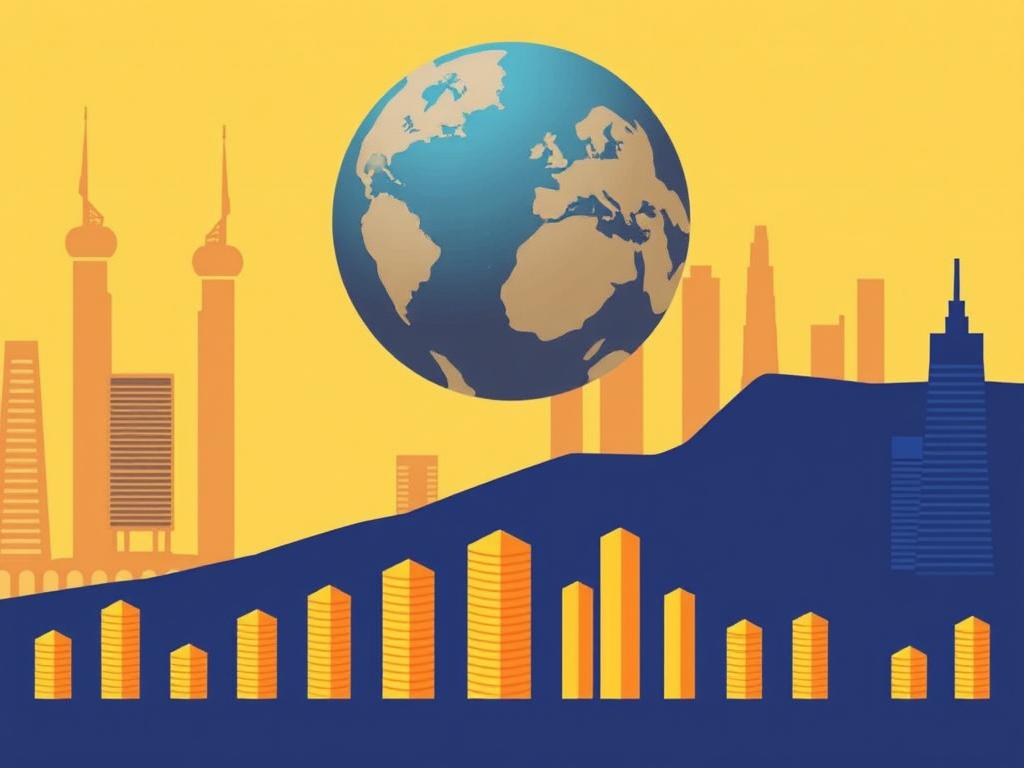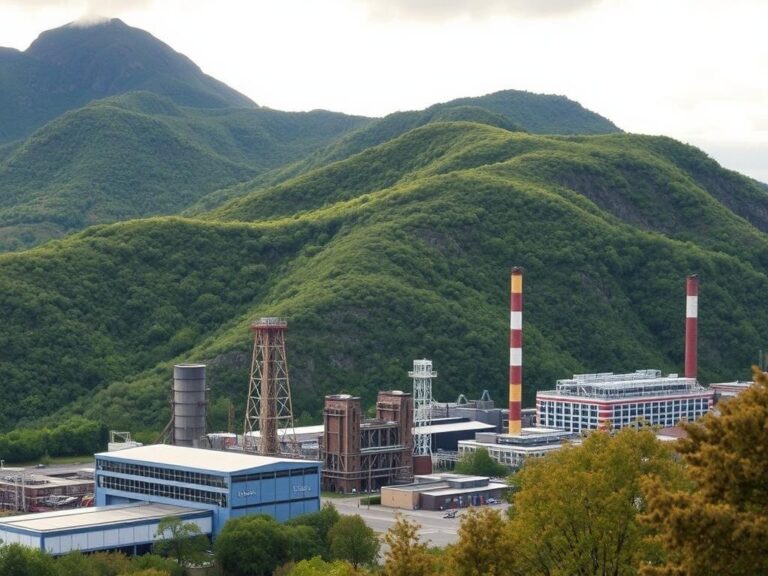Foreign Direct Investment (FDI) and Global Capital: Unraveling the Dynamics of Cross-Border Growth
In today’s interconnected world, the flow of foreign direct investment (FDI) represents a powerful engine driving global economic growth. But what exactly is FDI, and how does it interact with global capital to shape the economic landscape across countries? Understanding the complex relationship between foreign direct investment and global capital is key to appreciating how businesses expand beyond borders, how economies develop, and how global markets integrate. Whether you’re an investor, business leader, or just curious about global economics, this article delves into the forces behind cross-border capital flows, exploring the motivations, impacts, and trends surrounding FDI and global capital.
What is Foreign Direct Investment (FDI)?
Foreign direct investment refers to a long-term investment made by a company or an individual from one country into business interests located in another country. Unlike portfolio investment, which involves the purchase of stocks or bonds, FDI usually implies establishing a lasting interest and significant control over a foreign company. This can take several forms, such as building new facilities (greenfield investments), acquiring or merging with an existing company (mergers and acquisitions), or reinvesting earnings from overseas operations.
The key characteristic of FDI is the investor’s active role in managing or influencing the foreign enterprise. This hands-on involvement distinguishes FDI from passive forms of global capital movement. For example, a multinational corporation building a factory in a developing country exemplifies FDI, whereas buying shares in a foreign company without control reflects portfolio investment.
The Role of Global Capital in International Investment
Global capital refers to the pool of financial resources available for investment around the world. This capital flows across borders seeking profitability, diversification, and growth opportunities. It includes money moving through stock markets, bond sales, loans, and also direct investments like those reflected in FDI. The development and liberalization of global financial markets have greatly enhanced the mobility of capital, creating an environment where investors can allocate funds efficiently on a global scale.
How global capital is channeled matters a lot for economies. While portfolio investments tend to be more volatile and short-term, foreign direct investment generally represents a stable capital inflow with the potential for technology transfer, job creation, and long-term economic development. The interaction between foreign direct investment and the broader currents of global capital determines how much financial muscle is poured into real economic activities versus financial markets.
Forms of Foreign Direct Investment

To better understand how FDI functions within global capital flows, it’s important to consider the different types it can take. Here’s a concise breakdown:
- Greenfield Investment: Establishing new production or business facilities from scratch in a foreign location.
- Mergers and Acquisitions (M&A): Buying or merging with existing foreign companies to gain control.
- Joint Ventures: Partnering with local firms to create shared ownership and management structures.
- Reinvestment of Earnings: Profits generated abroad are reinvested into the foreign enterprise instead of being repatriated.
Why Do Countries and Companies Engage in Foreign Direct Investment?
The motivation behind foreign direct investment is often explained through both economic and strategic lenses. Companies pursue FDI to access new markets, cheap or skilled labor, raw materials, and to bypass trade barriers. Moreover, multinational enterprises are eager to tap into emerging economies where growth potential is strong, securing their future competitiveness.
At a national level, governments encourage FDI because it brings significant benefits: it creates jobs, sets up infrastructure, enhances technology and skills, and improves productivity in domestic industries. Many countries have created special economic zones, tax breaks, and liberal policies specifically to attract global capital in the form of FDI. However, some concerns regarding sovereignty, cultural impact, and environmental standards often temper enthusiasm for foreign investments.
Key Benefits of FDI for Host Countries
| Benefit | Description |
|---|---|
| Employment Generation | FDI often leads to new jobs in sectors such as manufacturing, services, and technology. |
| Technology Transfer | Foreign investors bring new technologies and management practices, improving efficiency. |
| Infrastructure Development | Investment can enhance local infrastructure like transport, communications, and energy. |
| Increased Export Capacity | FDI can help host countries increase their exports by integrating into global supply chains. |
Challenges and Risks of Foreign Direct Investment

While FDI is generally beneficial, it is not without risks. Host countries may fear becoming overly dependent on foreign investors, which could limit their economic sovereignty. Sudden withdrawal or repatriation of global capital can destabilize local economies. Environmental degradation and labor exploitation are additional concerns when multinational corporations enter developing nations. Moreover, political instability can scare off potential foreign investors, creating a tug-of-war between opportunity and risk.
From the investor’s perspective, foreign markets pose risks related to regulation changes, currency volatility, political interference, and differences in legal frameworks. These factors mean that the dynamic between foreign direct investment and global capital requires careful navigation by companies and policymakers alike.
Global Trends Shaping FDI and Capital Flows

The landscape of foreign direct investment and global capital is constantly evolving, influenced by political, economic, and technological trends:
- Digital Transformation: Companies increasingly invest in technology and digital infrastructure abroad, reflecting changes in global value chains.
- Shift Toward Emerging Markets: Rising economies in Asia, Africa, and Latin America attract larger shares of FDI due to growth potential and consumer markets.
- Sustainability and ESG: Environmental, social, and governance criteria are influencing where and how global capital is deployed.
- Geopolitical Tensions: Trade wars and political conflicts sometimes disrupt or redirect capital flows.
Governments and corporations continue to adapt their strategies to harness the benefits of foreign direct investment while managing the risks and volatility of global capital flows. This delicate balancing act defines much of the international economic environment today.
Comparison of Foreign Direct Investment and Portfolio Investment
| Aspect | Foreign Direct Investment (FDI) | Portfolio Investment |
|---|---|---|
| Control | Active management and significant control over the enterprise | No direct control, passive ownership |
| Investment Horizon | Long-term commitment | Short to medium term |
| Volatility | More stable | More volatile |
| Impact on Host Economy | Potential for job creation, technology transfer | Mostly financial gains or losses |
Strategies for Governments to Attract and Manage FDI
Countries aiming to boost foreign direct investment must create conducive environments that reduce risks and increase potential returns for investors. Here are some common strategies:
- Improving Infrastructure: Reliable transport, electricity, and telecommunications are fundamental.
- Liberalizing Regulations: Simplifying procedures for foreign business entry and establishing clear legal frameworks.
- Offering Incentives: Tax exemptions, subsidies, and grants often attract global capital.
- Enhancing Human Capital: Investing in education and skills to support industrial growth.
- Promoting Political Stability: A predictable policy environment fosters investor confidence.
The Future of Foreign Direct Investment and Global Capital
As we move forward, foreign direct investment and global capital flows will continue to evolve alongside technological advances, geopolitical shifts, and societal demands. We can expect an increasing emphasis on sustainable investments aligned with global climate goals. Digital economy sectors will attract more FDI, while nations compete to be innovation hubs. Geopolitical factors will influence which markets flourish and which face capital constraints. Ultimately, the dynamic relationship between foreign direct investment and global capital will remain crucial to global economic integration, growth, and development.
Conclusion
Foreign direct investment is a cornerstone of global capital flows and international economic integration. By injecting stable, long-term capital into host countries, FDI drives job creation, technology transfer, and infrastructure development. At the same time, the broader currents of global capital shape the opportunities and risks that investors and governments face. Navigating this complex interplay requires nuanced strategies that balance growth ambitions with economic sovereignty and sustainability concerns. As the global economy continues to transform, understanding the dynamics of foreign direct investment and global capital becomes even more essential for businesses and policymakers alike, offering a roadmap for fostering prosperity in an interconnected world.







